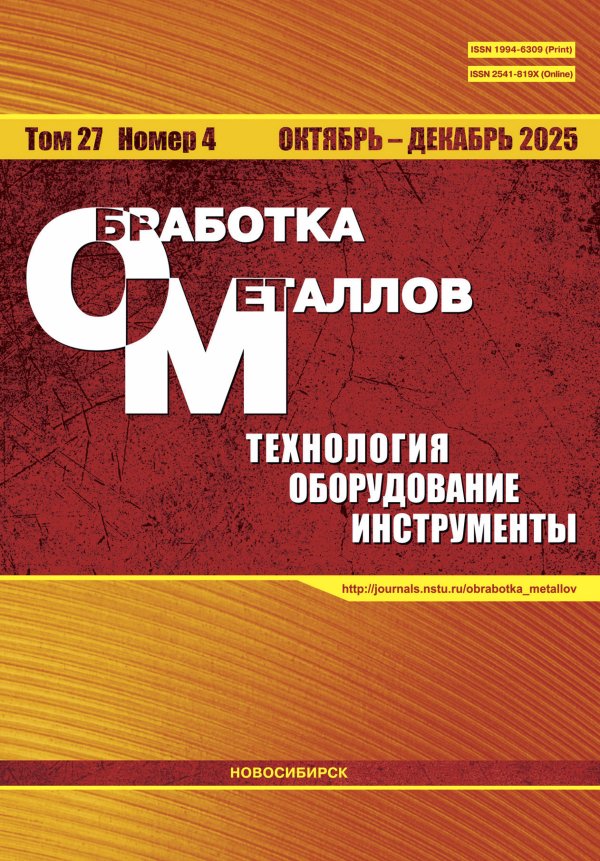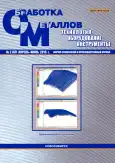Цель. Для устройства перекрытий сооружений промышленного назначения широко применяются фермы. Преимущество ферм проявляется при необходимости перекрытия больших пролетов. В связи с этим ставится задача исследовать напряженное и деформированное состояния несущих конструкций конкретного сооружения промышленного назначения (цех для металлообработки, склад) и на этой основе спроектировать рациональную компоновку конструкций. Несущие конструкции представляют собой пространственные фермы. Методы. Для расчета напряженного и деформированного состояний применяется метод конечных элементов. Результаты. В результате расчетов характерного фрагмента сооружения (угол стыка двух взаимно перпендикулярных участков) получено, что максимальное напряжение в стержне конструкции равно 139,6 МПа, максимальное вертикальное перемещение - 10,51 мм, а масса характерного объема - 51112,72 кг. Для практической реализации рассмотренной конструкции рекомендовано использовать трубы стальные квадратные 70×70×5 (мм) ГОСТ 8639-82, трубы стальные прямоугольные 150×100×8 (мм), 100×70×5 (мм) ГОСТ 8645-82, трубы стальные электросварные прямошовные 273×9 (мм), 219×8 (мм) ГОСТ 10704-91. Обсуждение. Разработанная математическая модель несущих конструкций сооружения адекватно отражает их напряженно-деформированное состояние. Так, рабочие напряжения, равные 139,6 МПа, меньше допускаемых напряжений 142,4 МПа и, следовательно, прочность конструкции обеспечена. Максимальное вертикальное перемещение в конструкции равно 10,51 мм, что меньше предельного вертикального прогиба 64 мм, определенного нормами проектирования. Следовательно, необходимая жесткость конструкции обеспечена. Расчеты стержней, испытывающих сжатие, на устойчивость показали, что условие устойчивости выполняется для всех стержней. В частности, для наиболее нагруженного элемента - колонна диаметром 219 мм, толщиной стенки 8 мм, длиной 1900 мм, рабочие напряжения 40,9 МПа меньше допускаемых напряжений на устойчивость 205,2 МПа. Разработанная конструкция удовлетворяет условиям прочностной надежности (условиям прочности, жесткости и устойчивости). По результатам расчетов характерного фрагмента сооружения разработан эскизный проект с необходимой конструкторской документацией (в статье не рассматривается).
 6-16
6-16


 17-23
17-23


 24-31
24-31


 32-38
32-38


 39-45
39-45


 46-54
46-54


 55-63
55-63








